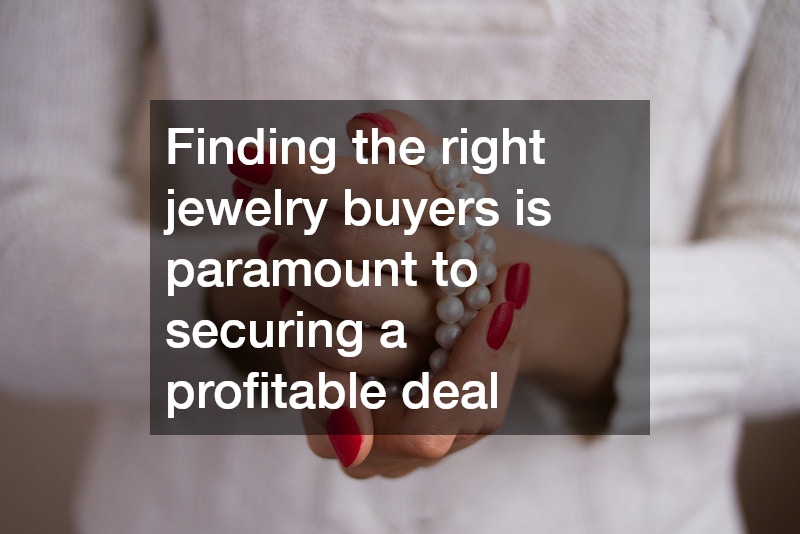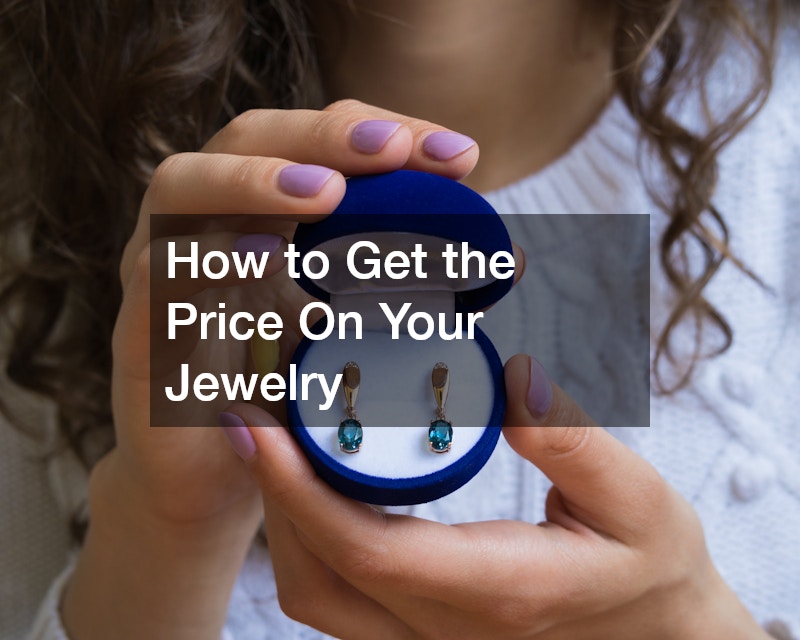
Before you can get the best price for your jewelry, it’s crucial to understand its value. Several factors determine the value of a jewelry piece, including the materials, craftsmanship, and rarity. Knowing these attributes allows you to set realistic expectations when approaching jewelry buyers. Conducting a thorough research can help you familiarize yourself with the current market conditions.
Being informed about the nuances influencing the jewelry’s worth is the first step towards achieving the best price.
Gems and metals constitute a substantial part of a jewelry’s value. The type, clarity, and weight of gemstones, alongside the purity and weight of metals, all significantly impact their appraisal. As prices for diamonds, gold, silver, and other materials fluctuate, it’s essential to be updated on their current market prices. Understanding the craftsmanship can also shed light on its value; handcrafted jewelry may often fetch more than mass-produced pieces due to its uniqueness. Having comprehensive information on these components allows for an accurate estimate of your jewelry’s true worth.
Beyond inherent attributes, sentimental and historical significance may further enhance the value. For instance, vintage and antique jewelry with a rich provenance often attract higher offers from collectors and aficionados. However, sentimental value is subjective and may not equate to monetary value for all buyers. It’s helpful to separate personal attachment from market value when preparing to sell. Proper documentation and certification of authenticity can bolster the credibility and appeal of your jewelry to potential buyers.
Researching Jewelry Buyers
Finding the right jewelry buyers is paramount to securing a profitable deal. There are multiple channels to explore, each offering unique advantages depending on your jewelry’s characteristics. Engaging with professional jewelry buyers, such as jewelers and pawn shops, can expedite the selling process due to their established networks and presence. However, be prepared to receive varied offers as assessments can differ. For niche items, auction houses and specialized online platforms might offer better opportunities to connect with targeted buyers.
Each avenue comes with distinct commission structures and terms, so it’s beneficial to compare several options. Online platforms often charge listing and final sale fees, while auction houses take a percentage of the selling price. Evaluating these costs against potential offers allows for an informed decision on the most lucrative and convenient route. Reading reviews and seeking recommendations provides insight into buyers’ reputations, helping weed out fraudulent or less reliable entities. Building a list of reputable buyers can streamline negotiations and increase the chances of a successful sale.
Establishing direct communication with potential buyers can aid in understanding their requirements and preferences. A clear presentation of your jewelry’s attributes, accompanied by high-quality images and detailed descriptions, can make a compelling case. Being transparent about condition and provenance not only attracts serious buyers but instills confidence in your product’s authenticity. Negotiations can then proceed with clarity, allowing you to articulate your expectations and adjust based on feedback. Ultimately, aligning your product’s profile with the buyer’s interests brings you closer to securing the best possible price.
Maximizing Your Jewelry’s Marketability
Enhancing your jewelry’s marketability can significantly impact its final selling price. Presenting your piece meticulously, from appearance to documentation, can sway buyers’ perceptions positively. Cleaning your jewelry to restore its original sheen and repairing damages if needed makes a substantial difference. Consider having your jewelry professionally appraised to provide an authoritative valuation, which can serve as a powerful negotiation tool. Enlisting the expertise of professionals in both cleaning and appraisals demonstrates the jewelry’s potential to attract higher bids.
Effective marketing strategies elevate your jewelry’s standing in the eyes of potential buyers. Crafting compelling narratives around the piece’s uniqueness or history can appeal to emotionally driven buyers. High-quality photography is crucial; capturing the jewelry in its best light, alongside unique angles, can captivate online browsers. If selling online, write accurate and engaging product descriptions to highlight its standout features. On a broader scale, utilizing social media and online marketplaces increases visibility and draws in a more diverse array of interested parties.
Finally, timing your sale strategically can make a noticeable difference. Seasonal trends and economic conditions can sway demand; for instance, festive periods often boost jewelry purchases. Keeping abreast of these trends allows you to time your sale optimally, potentially leading to higher offers. Additionally, patience might reward you with better deals, particularly if you’re targeting collectors or niche markets. By embracing a strategic approach in both presentation and timing, you enhance your jewelry’s attractiveness in the competitive market.

